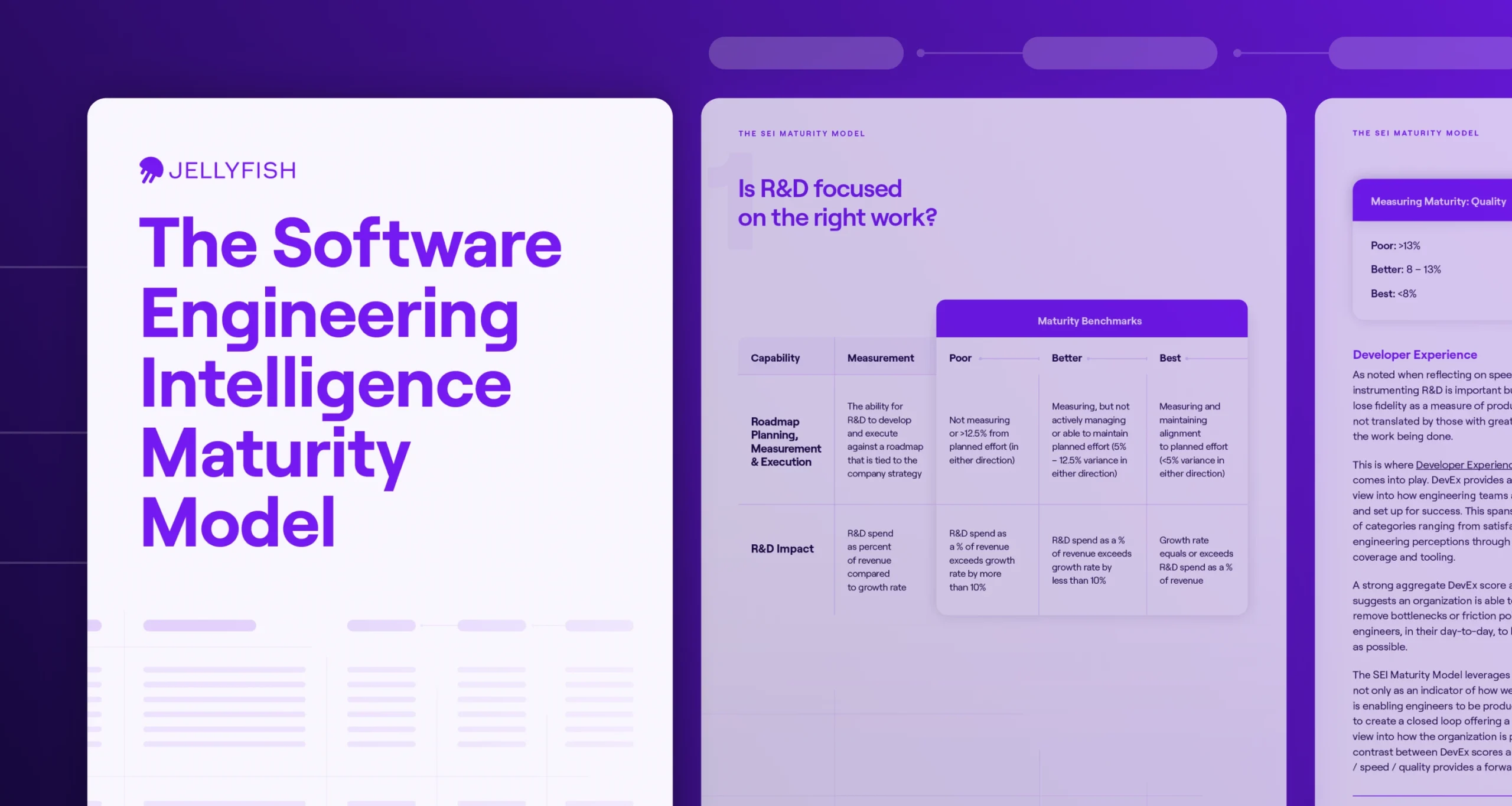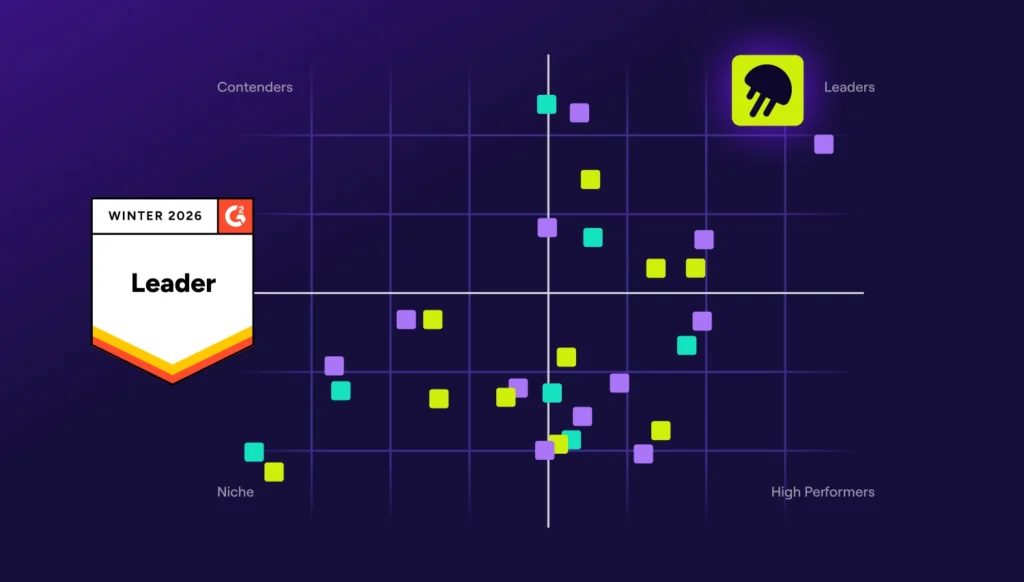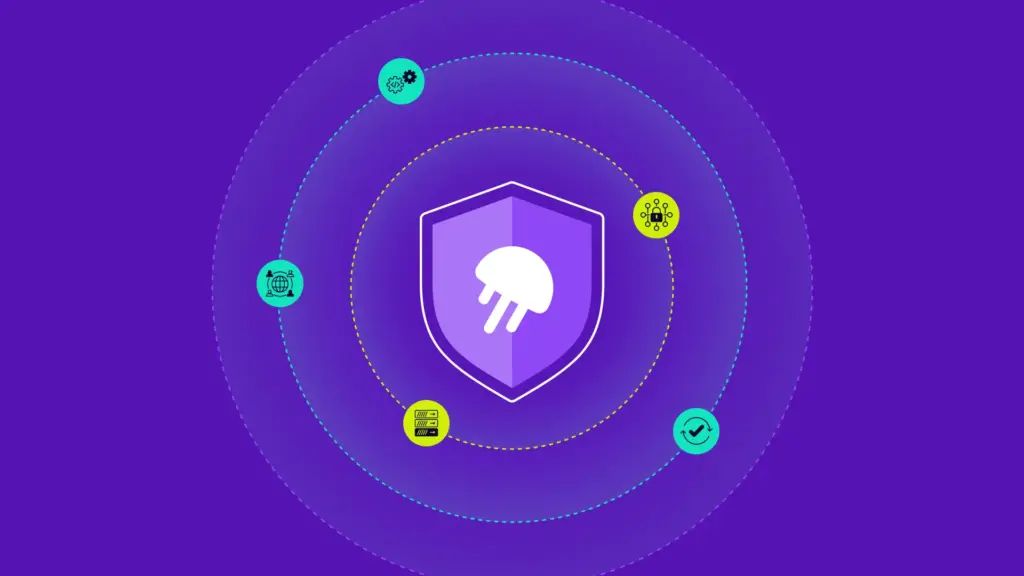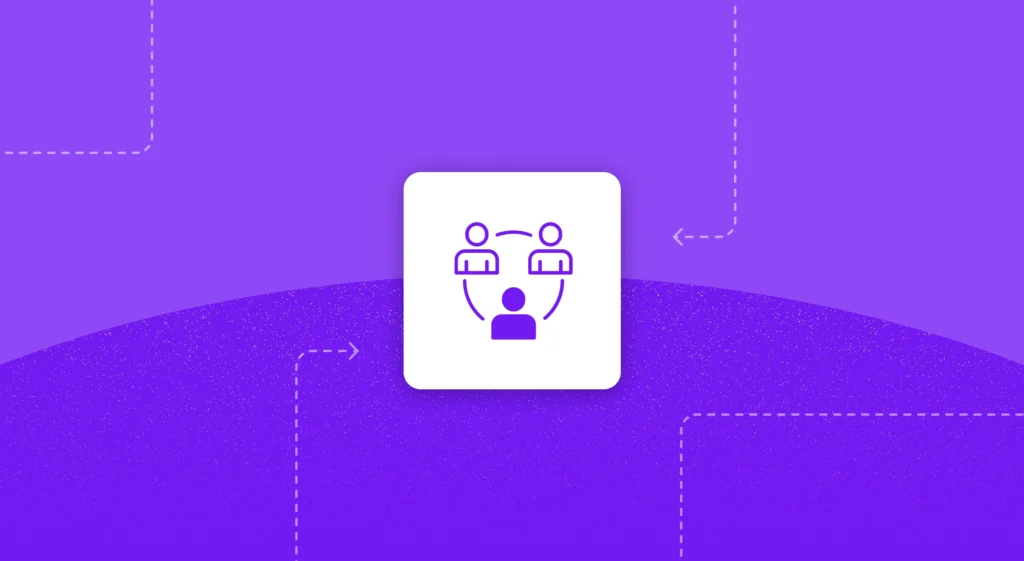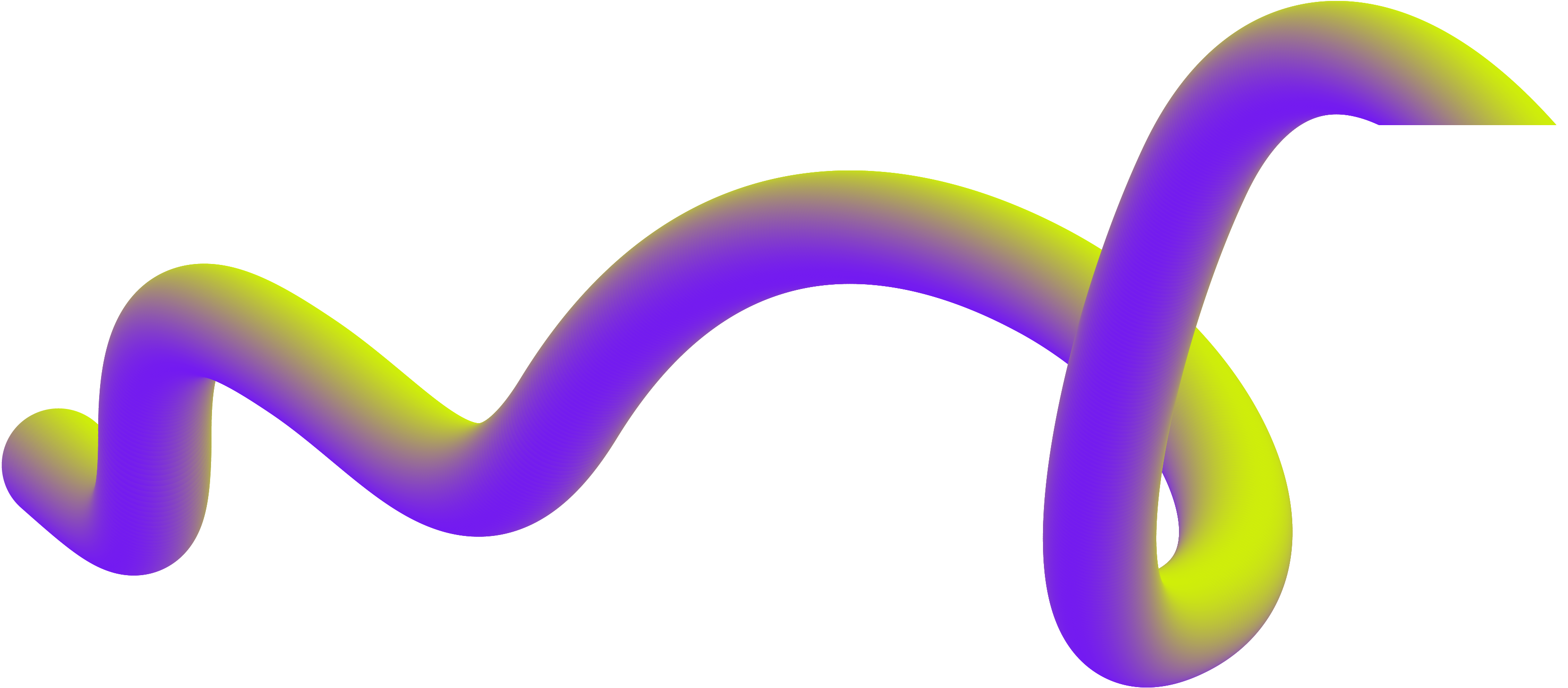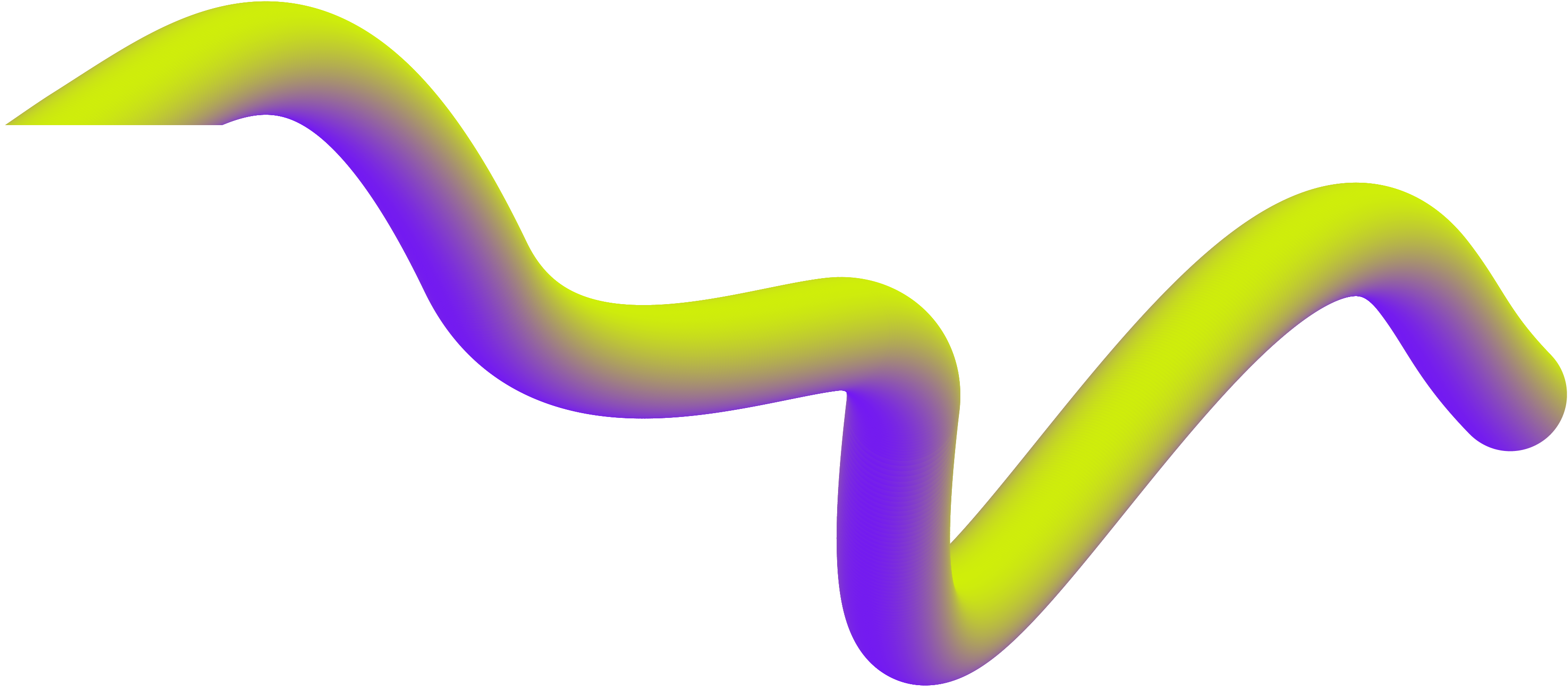As engineering leaders, our work is the foundation of success for software organizations, but the measurement of our function is the most difficult to connect simply and directly to business outcomes.
Over the last decade, standards have emerged to fill this gap – most notably DORA and SPACE. Both frameworks have absolutely advanced the state of the art in engineering metrics, but still have a number of challenges.
For instance, these standards are hard to fully use to solve the problem of reporting on engineering success to the CEO and Board. It’s difficult to show the Board things like how frequently you’re shipping or your cycle time along with some academic research about performance correlation. Engineering stakeholders are usually looking for a more practical view of what’s working, what needs improvement, and how those investments will improve business outcomes.
Moreover, DORA and SPACE are based on research looking at the correlation between observable engineering metrics and company performance. The resulting metric guidelines are very real and scientific. But from a day to day management perspective, it’s hard to know which of these measures to push on as causal drivers of performance.
Introducing the Software Engineering Intelligence Maturity Model
That’s why I’m excited to introduce Jellyfish’s newly launched Software Engineering Intelligence Maturity Model (SEIMM). Ryan Kuchova, SVP and Field CTO at Jellyfish, based this new model on practical insights gathered from hundreds of Jellyfish customers and engineering teams, operationalizing this aggregated data for engineering leaders.

The SEIMM provides a set of metrics guidelines based on best practice, pragmatic approaches gathered from a wide range of engineering leaders. It’s no surprise Jellyfish took this approach – each of the three Jellyfish founders are deeply experienced engineering leaders who have faced the reality of explaining engineering performance to their exec colleagues and boards. Bringing their pragmatic and experiential knowledge to the table, and refining that across the aggregate knowledge and experience of their customer base, they’ve moved the state of the practice forward.
If, like most engineering leaders, you’ve been seriously focused on establishing a solid engineering metrics strategy, but you’ve been frustrated by what the existing standards have to offer, I recommend checking out the Software Engineering Intelligence Maturity Model here.
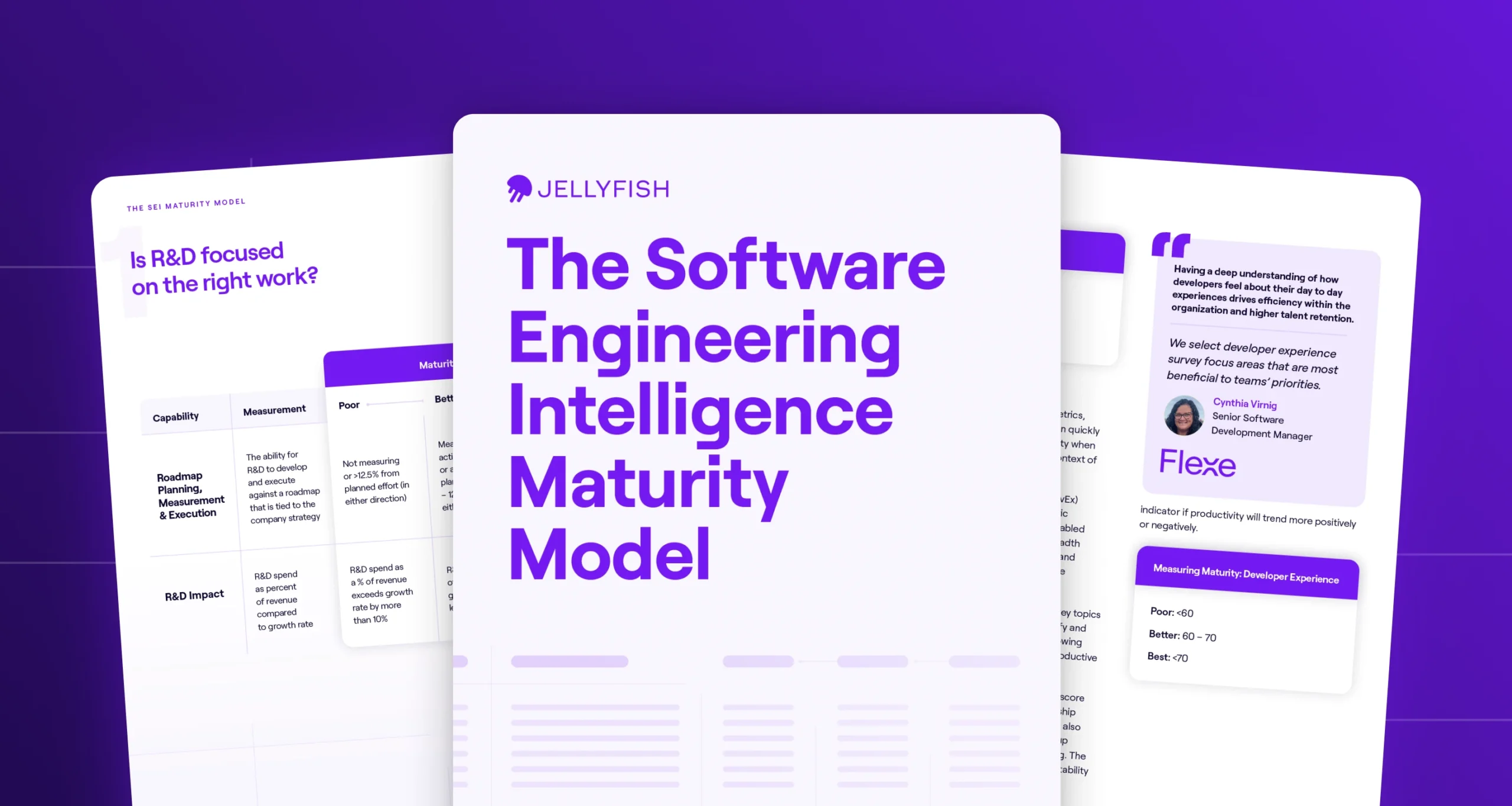
Get ready to measure & maximize R&D productivity
Ready to improve decision making and drive stronger alignment throughout your business? Download the Software Engineering Intelligence Maturity Model.
Get the ModelAbout the author

Adam Ferrari is an Advisor to Jellyfish. He is the former SVP Engineering at Starburst and EVP Engineering at Salsify. Subscribe to his newsletter, Engineering Together, here.
